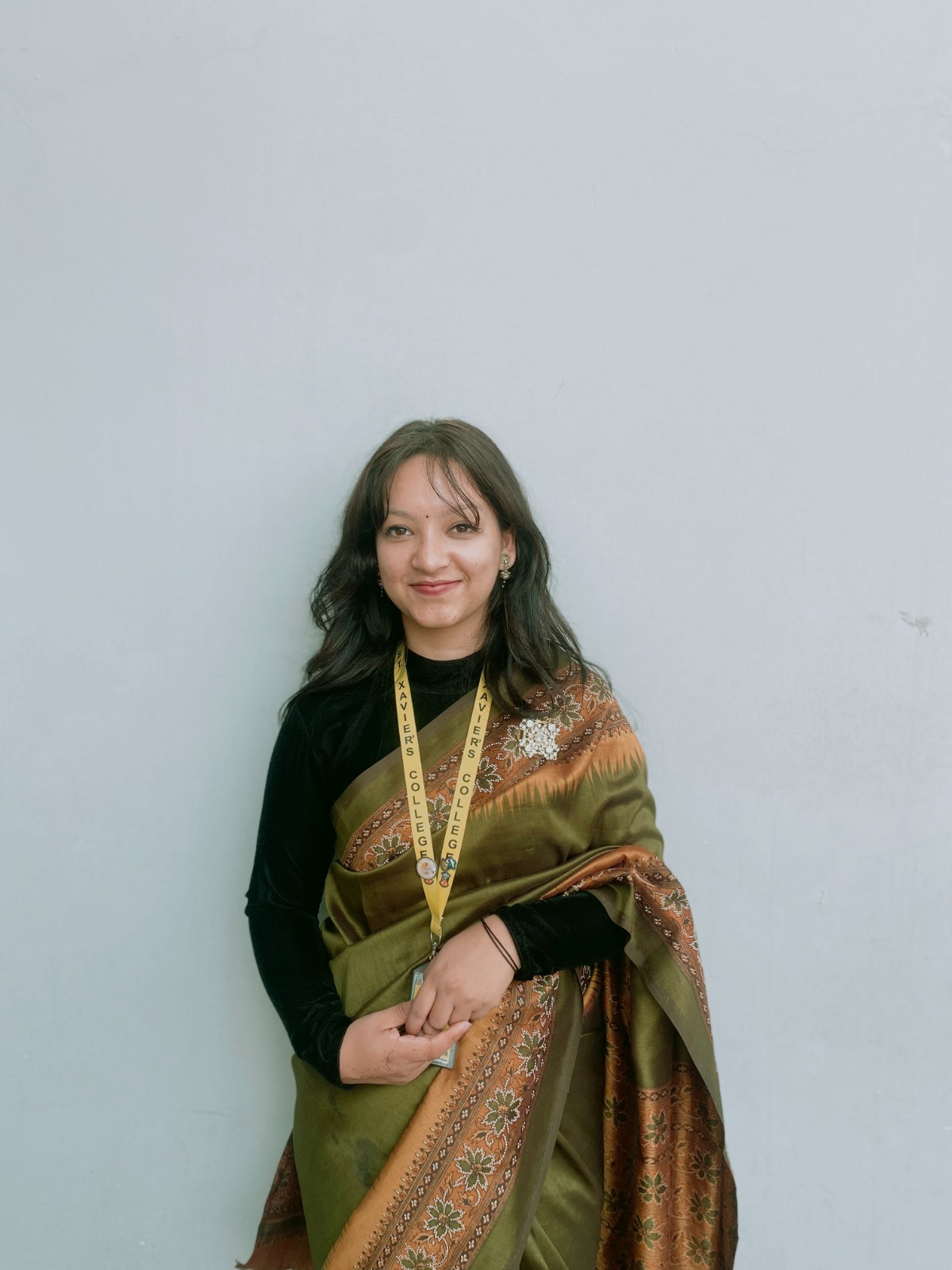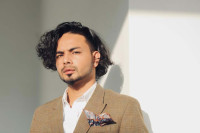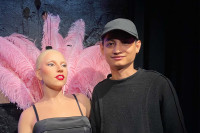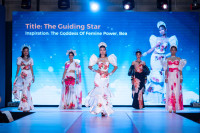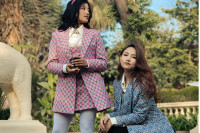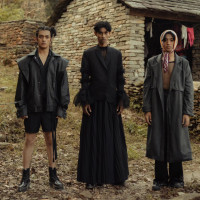Fashion
The revival of Nepali Dhaka
Once reserved for traditional wear, Dhaka is now a staple in modern fashion—from casual wear to corporate attire, wedding dresses to handbags.
Aarya Chand
If there’s one fabric that can be associated with Nepal’s fashion identity, it is Dhaka. It has long symbolised Nepal’s craftsmanship and national pride. Historically reserved for traditional attire like topis (caps) and formal wear, Dhaka has been making its way into Nepal’s modern fashion scene for some time now.
This shift represents a notable transformation in Nepal’s fashion industry. Dhaka is no longer just a fabric for cultural attire. It has become versatile in everyday fashion, party wear, and accessories. To understand this shift, it’s essential to reflect on its history.
Dhaka’s history dates back centuries to the Palpa district. Its unique handwoven patterns were introduced through trade with Tibet and India. While Nepal has a rich history of weaving traditions, Dhaka’s geometric patterns became widely recognised in the mid-20th century, gaining popularity for their intricate design and cultural significance. Over time, the fabric became a symbol of prestige, with the Dhaka topi (traditional Nepali cap) emerging as an essential part of men’s formal wear.
Women also integrated Dhaka into their attire through gunyo cholo, a traditional set worn during the coming-of-age ceremony. Historically, Dhaka is also linked with the Newa community, who refined its weaving techniques. While it was a prominent feature on special occasions, Dhaka’s use in daily life was limited. However, in recent years, the narrative has changed considerably.
The renewed use of Dhaka in fashion has changed its role, transforming it from a symbol of cultural heritage to a more versatile and trendy fabric. Today, young Nepali women are incorporating Dhaka into their everyday outfits. College students, for instance, pair Dhaka cholis with casual pants, blending traditional elements with modern streetwear. This fusion reflects how adaptable Dhaka has become in contemporary style.
Shriddha Maharjan, a fourth-year Psychology and Literature student and a daycare teacher, shares how she incorporates Dhaka into her wardrobe, “I also like wearing pyakhaangu (traditional Newari rings), and with a choli (blouse), it completes the look. I enjoy wearing it this way because it helps me embrace my culture more. In today’s society, it’s easy to lose your sense of self, and since my culture is a part of me, it helps me remember and respect it. Wearing it also makes me feel more confident.”
Similarly, businesswomen are incorporating Dhaka in their professional attire. From tailored blazers and formal trousers to elegant jumpsuits, Dhaka is now seen as part of the corporate world. The fabric’s distinctive patterns and colours bring a touch of individuality to formal attire, allowing women to combine professionalism with cultural pride. This adaptation shows Dhaka is no longer confined to traditional wear but is becoming an acceptable option for today’s working women.
Designers are also combining Dhaka with sarees, lehengas, and evening gowns, which have opened new possibilities for creativity in Nepali fashion. Dhaka sarees, known for their intricate designs, have become a favourite among those seeking to balance heritage with modern style. Lehengas adorned with Dhaka are gaining popularity in wedding fashion, where brides seek to integrate elements of Nepali culture into their bridal attire. Even children’s gowns are designed using Dhaka, blending tradition with a playful touch.
Saku Shah, who primarily sells Dhaka sarees made from silk and cotton, explains that she wanted to make them more accessible to the public. Dhaka was mainly worn by the elite in the past, but she’s working to change that. To keep prices affordable, she uses Dhaka-inspired fabric sourced from India instead of handwoven material.
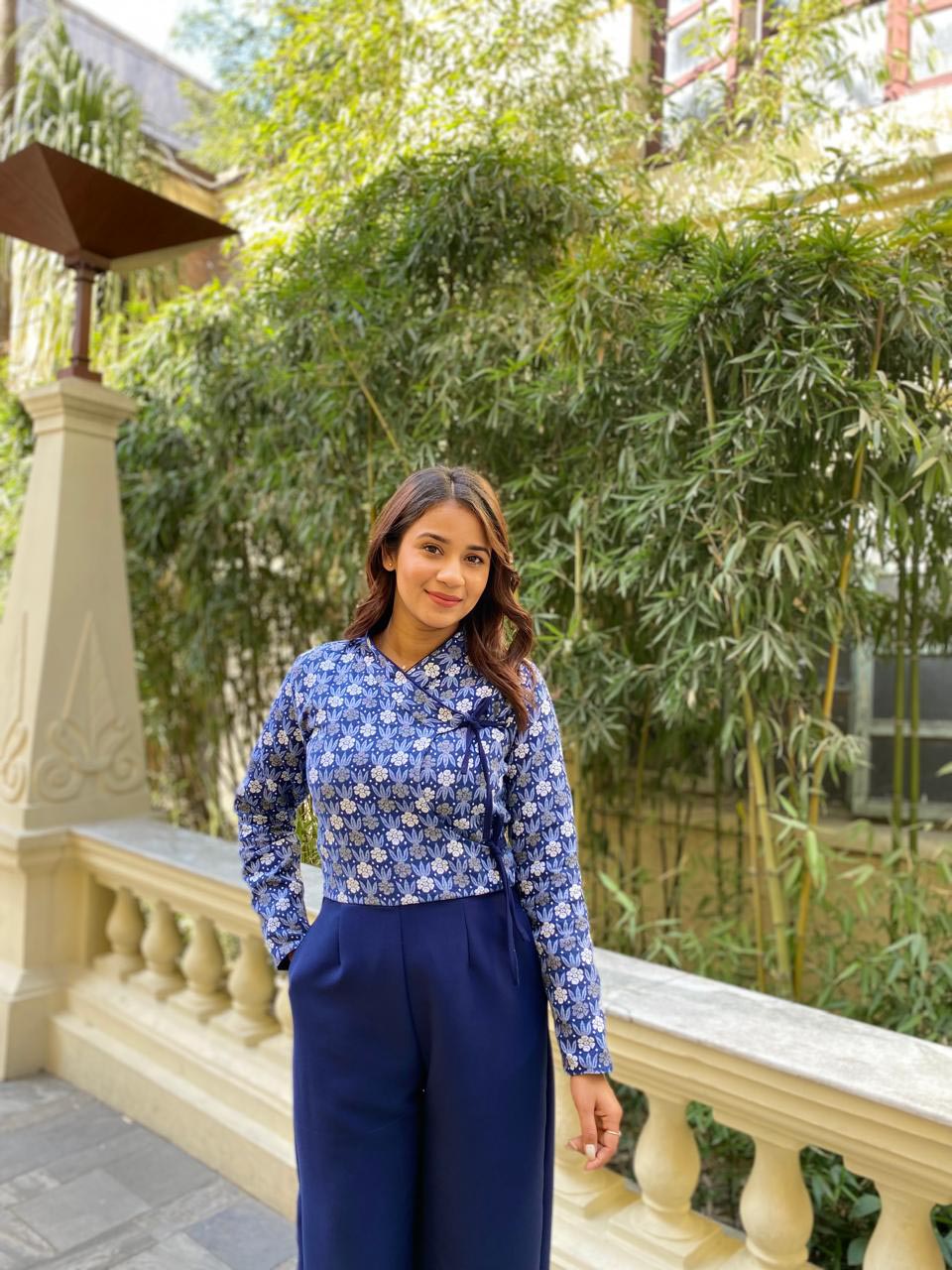
While Dhaka has found its place in clothing, its influence extends to fashion accessories. Designers have begun using Dhaka in handbags, shoes, and purses, incorporating its vibrant patterns into everyday accessories. More recently, Dhaka/Makhmal pyjama sets have emerged, and they are especially popular among pregnant women due to their comfort and softness.
The integration of Dhaka into accessories reflects its growing presence and appeal. Consumers can now incorporate Dhaka into various aspects of their daily lives, from clothing to footwear to bags.
The owner of Purbeli Dhaka Fabrics, Prashant Kumar Shrestha shares that Dhaka coats for men and topis are still the most popular items, but there is now also a growing demand for family sets. “I believe this trend will continue,” he adds.
The revival of Dhaka in Nepal’s fashion industry is significant for multiple reasons. Mukta Shrestha, the owner and designer of Muku Boutique, reflects on her experience with Dhaka, “Other fabrics like hemp and cotton exist, but Dhaka holds a unique place in Nepali craftsmanship. I wanted to modernise it to resonate with today’s youth. Its colours and patterns offer endless possibilities. I don’t just buy Dhaka—I develop my own with the help of skilled women weavers.”
This resurgence of Dhaka is not just about fashion—it supports local weavers and keeps their traditional craftsmanship in demand. Beyond its economic impact, Dhaka continues to represent Nepal’s cultural identity in an age of mass-produced textiles. Choosing Dhaka isn’t just a fashion choice; it’s a way to preserve and honour cultural heritage.
Lastly, Dhaka’s revival highlights the power of innovation in fashion. Nepali designers and consumers are proving that heritage and modernity coexist harmoniously. This fusion of old and new paves the way for sustainable fashion choices that respect cultural traditions while remaining stylish and relevant.
As Dhaka continues to evolve within Nepal’s fashion landscape, further innovation has immense potential. Its increasing presence in global markets suggests it could soon gain international recognition, much like other South Asian textiles. Nepali designers can experiment with new fabric blends, sustainable production methods, and avant-garde silhouettes to further promote Dhaka’s presence in local and international fashion scenes.
Moreover, with the rise of sustainable fashion movements, Dhaka presents a compelling alternative to synthetic textiles. The handwoven nature of the fabric aligns well with the global push for ethical and eco-friendly fashion, positioning Dhaka as a textile of the future.




 8.12°C Kathmandu
8.12°C Kathmandu